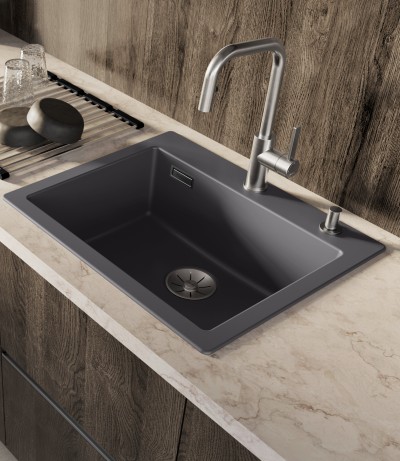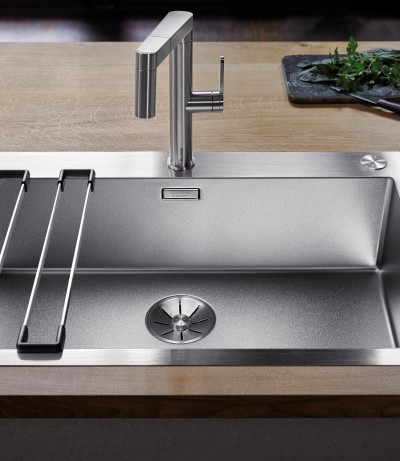Hard, smooth and always clean thanks to the passive layer – the Stainless steel sink. It hardly gets better than this. Dirt remains on the surface. One wipe, and any stains on the sink are gone. Traces of limescale, too. Almost. Often, it’s enough just to wipe the Stainless steel sink with a damp cloth. Special cleaners can be used to remove more stubborn limescale.
Stainless steel stays just as it is: resistant and rustproof. This is due to its passive coating, which is constantly regenerating itself. You should clean your stainless steel sink thoroughly in order to ensure that it stays shining for years to come. It is particularly important to remove all dirt and limescale deposits. However, your sink will not respond well to cleaning agents containing chlorine or hydrochloric acid. Strong sodium chloride solutions that take too long to work are also a no-go.
But what if you’ve spotted a couple of tiny reddish-orange marks on your stainless steel sink? If stainless steel comes into contact with rusty objects, such as cheap, unprotected steel, the rust can transfer onto your sink. This is nothing to worry about. You can wipe the rust away in one swipe using a damp sponge and a special stainless steel cleaning agent, and your sink will be spotlessly clean once again.
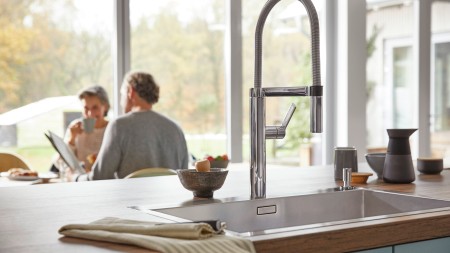

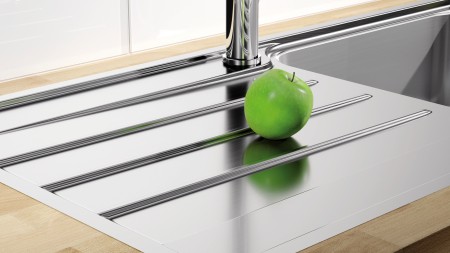
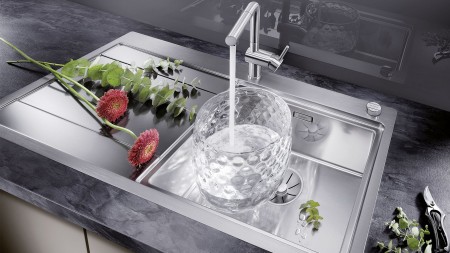


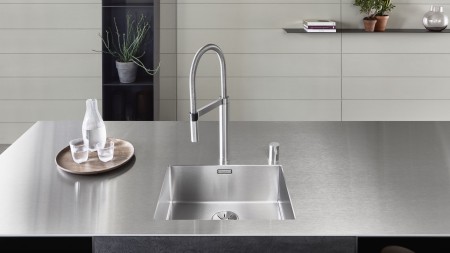



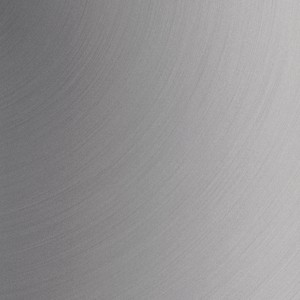
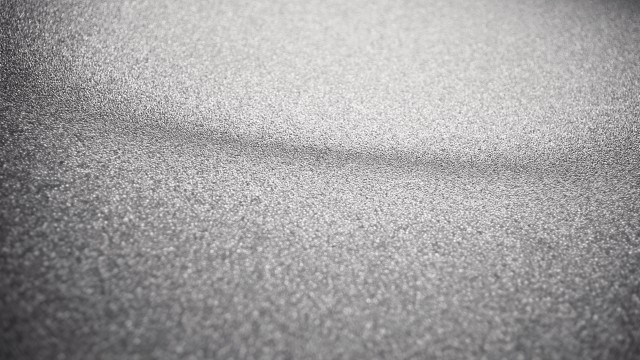
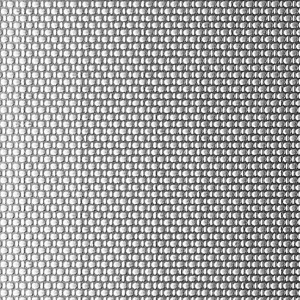

/modellvariationen-spuelen/01016025-andano-transparent-image-615w.png)
/modellvariationen-spuelen/01180038-divon-ii-6sif-transparent-image-615w.png)

